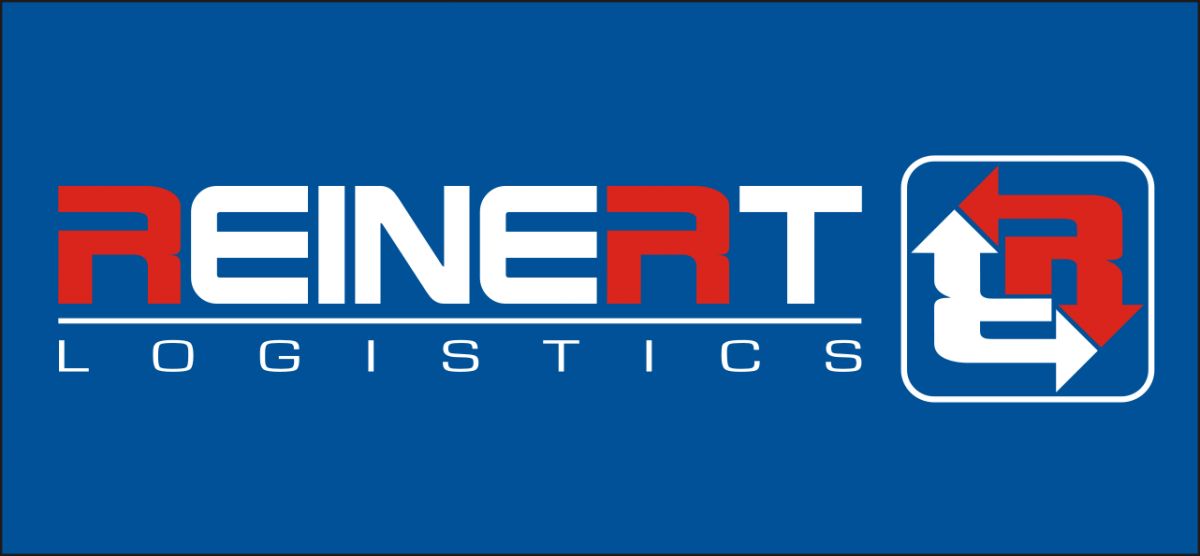
Physical goods transport and digital document transmission
With 750 trucks and around 1,300 employees, the medium-sized transport and logistics company REINERT Logistics ships goods throughout Germany and Europe. The corresponding transport documentation annually amounts to thousands of documents. A document management system implemented by Konica Minolta now ensures that each and every document is traceable in an instant.
Paper documents need extensive time and storage space
REINERT Logistics transports goods, with each transaction involving shipping documents. Prior to the implementation of the Konica Minolta ECM solution, these were collected in the branch offices and the paperwork sent in bulk to the company’s headquarter, where documents were captured, processed and archived.
Transporting the documents, often over long distances, was time-consuming and prone to document loss. “We had thousands of shipping documents and needed a lot of time and space to process and file them, and often even more time to find them again,” remembers Martina Vogel, project manager at REINERT Logistics. “For each shipment, the driver is issued at least one but usually quite a few documents, which all need to be administrated.”
Manual processing and filing of the shipping documents involved considerable costs, for the manpower as well as the rent of the necessary archiving space.
In order to reduce these costs and automate the entire process, REINERT Logistics wanted to switch to a document management system (DMS). The objective was to enable more efficient processing and archiving of the documents as well as faster retrieval and easier allocation of related documents. “For these purposes, we wanted a sound, secure and proven system, which also had to be easy to operate for our employees,” explains Martina Vogel.
Konica Minolta proposes entirely coherent concept
During the evaluation process, Konica Minolta fully convinced the logistics company in theory and practice: The manufacturer answered all questions effortlessly, fully met every requirement and, as Martina Vogel outlines, offered an impressively coherent concept: “Konica Minolta gave us detailed advice on how to implement the solution, for example with regard to tagging and an archiving structure. It was important for us that our requirements and objectives were well-understood and taken into account. Contrary to Konica Minolta, other suppliers submitted proposals that did not convince us.”
Once the decision in favour of Konica Minolta had been made, the project team began by creating an electronic transport file that covers the area with the highest document capacity. Today, it contains all transport-related document types, from offers, orders, and delivery notes to accounting records, invoices as well as correspondence. All documents are assigned to the related orders.
Precise business processes and enhanced customer satisfaction
The master data could be transferred from the old system; and the generation of new customer files in the DMS is automated so that no manual data entry is required: The DMS recognises the customer from the transaction code and automatically creates a new customer file if this customer does not yet exist in the system.
At all seven REINERT Logistics locations from which the drivers start, the back-office clerks allocate a transaction code when scanning the paper documents for a transport order. Sending the shipping documents on paper is no longer necessary. The electronic transport files make business processes more methodical, precise and above all much more transparent. According to Martina Vogel, the approach to and sequence of processing the transport orders is clearly structured now. “We work faster and have dramatically reduced the error rate.” Today, all authorised employees find each and every document in the electronic archive independent of when and from where they access the DMS. Before, this was a time-consuming process, and especially documents that were wrongly filed by mistake could hardly be found again.
Customer enquiries can be answered quickly and without difficulty. Martina Vogel is pleased: “Customers don’t need to contact us with questions but can access their documents and data themselves via our customer portal, which Konica Minolta has integrated via an ECM web module. This is a fundamental milestone on the way to electronic billing. Our customers can get the required information quickly, flexibly and independent of office hours, which reduces our workload considerably.” In addition to the time saved and the enhanced quality of the transport files, REINERT Logistics also benefits from cost savings: no more rental fees for the paper archive, and omitted printing costs because documents can be viewed on-screen in the archive. As the next step electronic billing with automatic capture, verification and allocation will be implemented.
Challenges
Capture of and electronic access to thousands of transport documents, avoiding issues of filing space and extensive searches
Solution
Electronic transport file within a document management system and connection to the ERP software C-Logistic
Benefits
Time savings in the search for documents and files; elimination of rental costs for a paper archive; sped-up internal processes; improved handling of inquiries via customer portal
Martina Vogel
Project & Application Management
"In the past, we were fast and reliable on the road; now, things run safely and securely in the office as well."
